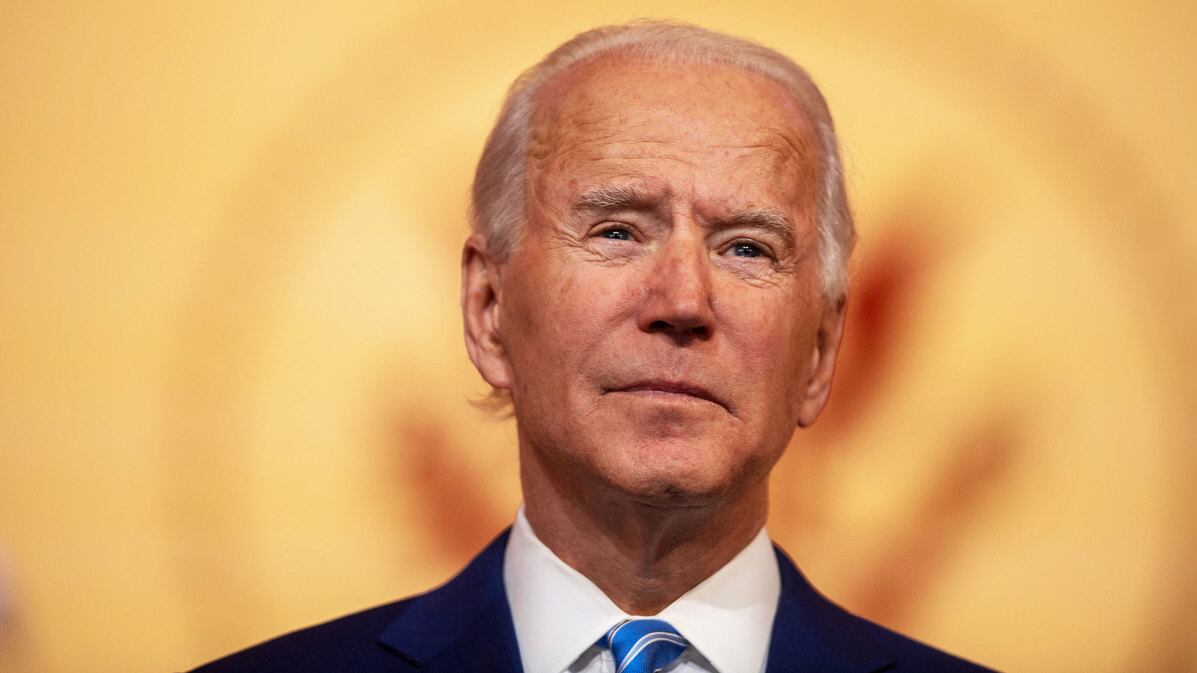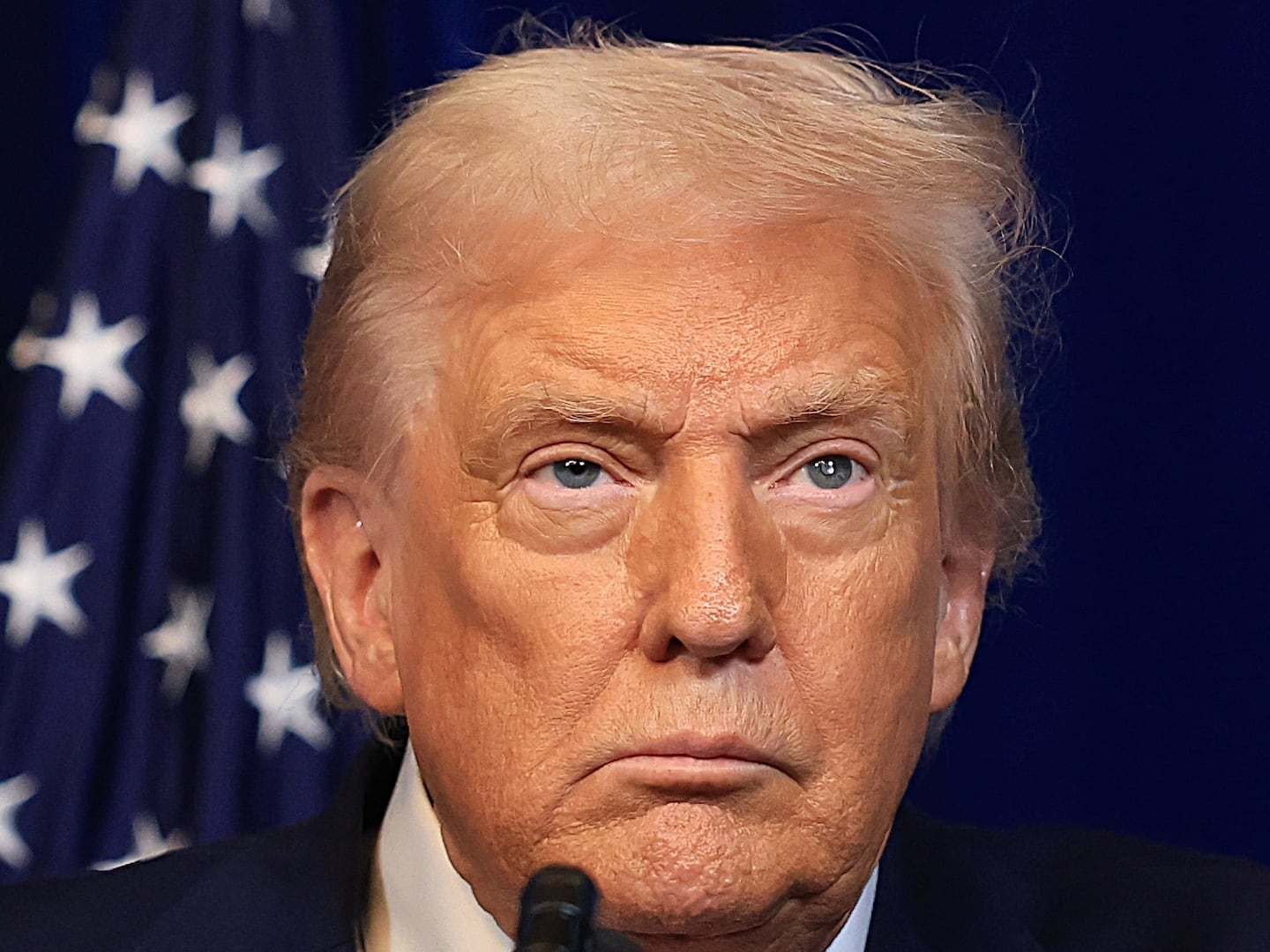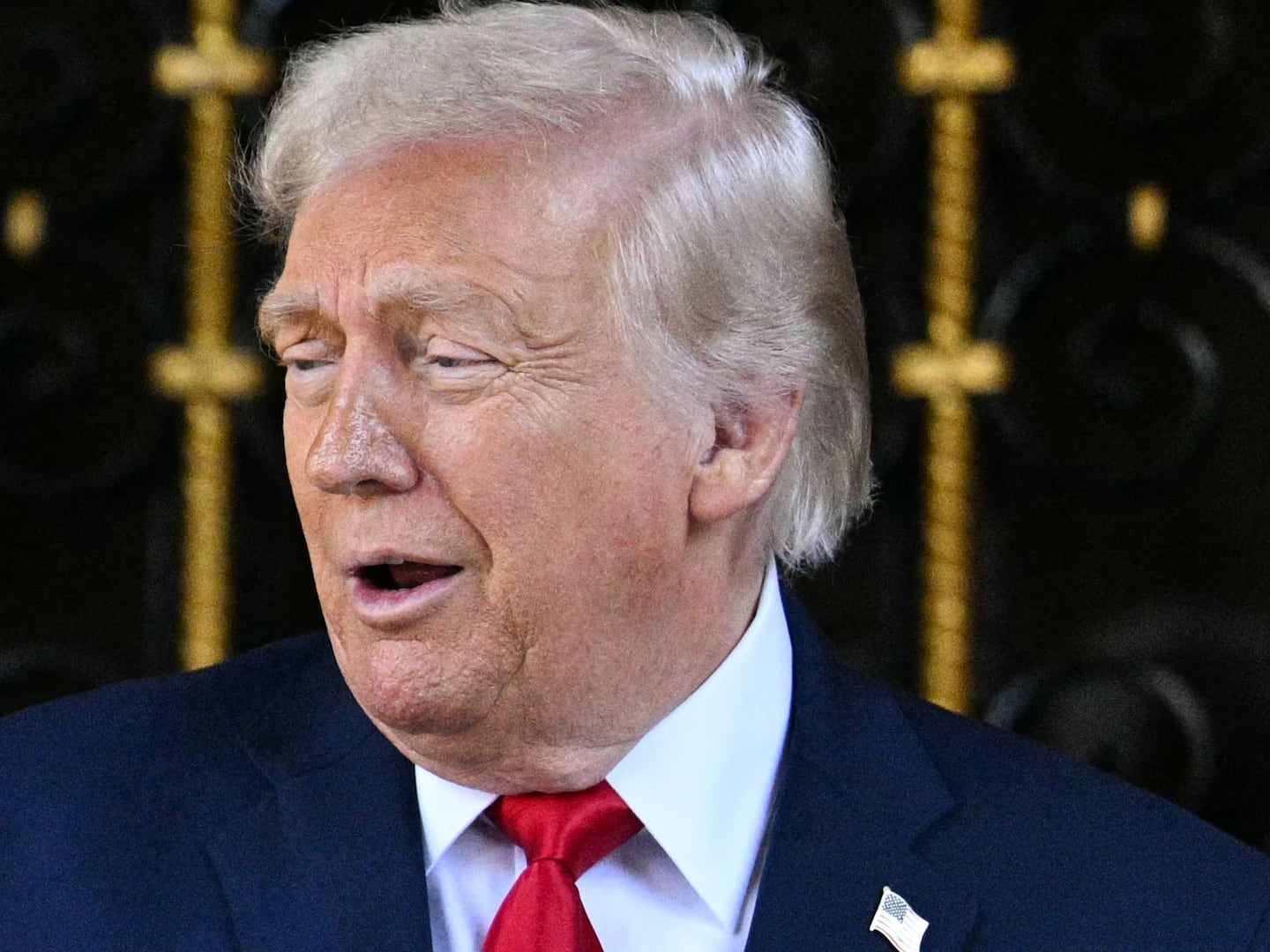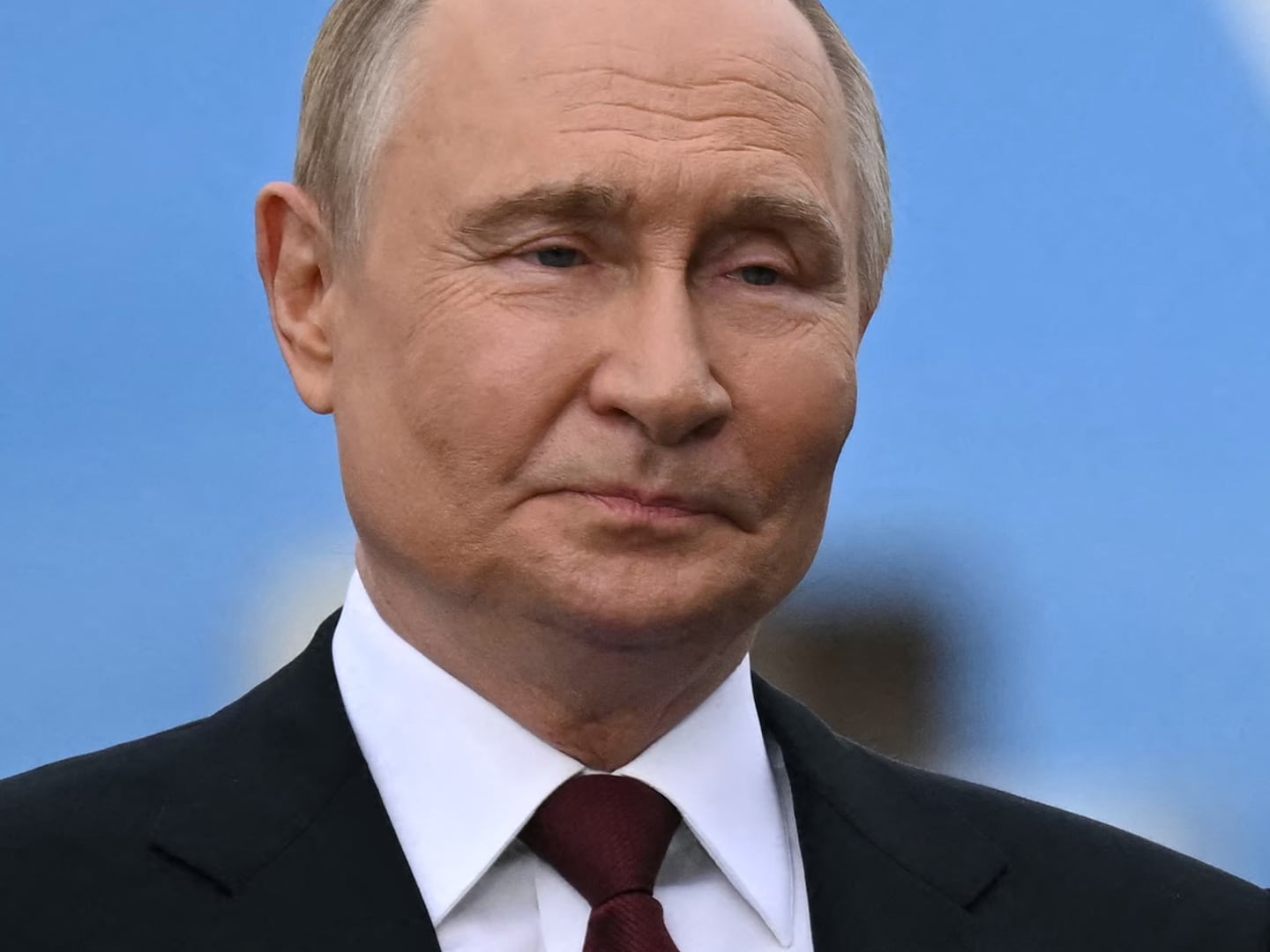Joe Biden is on a roll. His approval rating is higher than his predecessor’s ever was. Almost three-quarters of Americans think he’s doing a good job handling the COVID pandemic. Sixty percent approve of his handling of the economy.
So now is the time for him to start looking at what could go wrong, and turning his attention past our borders. It’s no coincidence that the one area where Biden’s ratings lag is at our southern border, where his efforts to fix the problems his predecessor exacerbated have hit problem after problem, all of them magnified by the knowledge of desperate immigrants that Donald Trump is gone.
But that’s not the only place where the world is going to come knocking and, as Biden’s predecessors know, the results are often problematic. Barack Obama was elected to get us out of George W. Bush’s wars and in his first year he discovered how tough that would be and ended up actually increasing our troop levels in Afghanistan (over the objections of his vice president). George Bush was doing fine until Sept. 11, 2001. Bill Clinton’s first foreign crisis also took place in his first year in office with the Battle of Mogadishu and the notorious Black Hawk Down incident. George H.W. Bush’s first year in office saw both the Tiananmen Square uprising and massacre and a wave of revolutions in the satellite states of the crumbling Soviet Union that transformed the geopolitical landscape.
It’s a very different world today, but two unfolding situations involving Russia and China, still America’s most significant international rivals, point to the challenges ahead for Biden. Russia has in recent weeks increased troop and military resource deployment on the Crimean peninsula and along the Russian-Ukrainian border. And China has increased aggressive posturing toward Taiwan and within the South and East China Seas that has Asian and U.S. military leaders deeply concerned.
While neither a Russian invasion of Ukraine nor a Chinese attack on Taiwan is considered the most likely near-term consequence of their saber-rattling, it does not make these situations less risky. In both cases, that is because the stakes for the U.S., our interests and allies are very high and our effective options are limited. It should also be emphasized that in both cases, the possibility of military action by our adversaries is not zero.
In Ukraine, multiple recent diplomatic talks involving, in different combinations, the Russians, Ukrainians, Germans, French, and the Organization for Security and Cooperation in Europe have been unproductive. Unsurprisingly, the Russians have said that their actions “should absolutely not concern anyone. Russia does not constitute a threat to any country in the world.” Also unsurprisingly, given their track record, their words were greeted with disbelief. Ukraine’s military is on alert. Nerves are frayed.
With regard to Taiwan and disputed territory in the South and East China Sea, fears are based on years of gradually accelerating build-up of Chinese capabilities. China’s navy has been expanded. Deployments and over-flights in and around disputed areas have grown. Chinese rhetoric has ranged from unapologetic to downright confrontational. Last month, the top U.S. commander in the region told a Senate hearing that he expected the threat against Taiwan could come to a head within the next six years. But serious problems seem certain much sooner. Just days ago, China announced that drills of its carrier group near Taiwan will become regular events and the U.S. responded with a visit of the Theodore Roosevelt Carrier Strike Group to the area for the second time this year.
Were Russia to seek to expand its control in Ukraine or China to intentionally or otherwise trigger a conflict around Taiwan or disputed islands in waters it claims, the consequences would be a major crisis.
The Biden administration has been actively engaged on both fronts. The president spoke to Ukraine’s President Volodymyr Zelensky days ago. Days before that, Secretary of State Antony Blinken spoke with his Ukrainian counterpart and said the U.S. supported the Ukraine “in the face of Russia’s on-going aggression.” During a recent trip to Asia the secretary of state made it clear the U.S. would not stand for Chinese “coercion and aggression” and raised Chinese hackles when he referred to Taiwan as a country. In bilateral meetings, the U.S. underscored these points. As recently as this week, the U.S. expressed solidarity with the Philippines in opposition to the provocative encroachment of Chinese vessels in Philippine waters.
Russia’s Vladimir Putin and China’s Xi Jinping are, at least to some degree, testing the Biden administration to see how they will respond to these threats. So far, they have seen clarity and resolute toughness. But, the reality is that whatever our pronouncements and stated policies might be, the U.S. is unlikely to enter directly into military action to defend either Ukraine or Taiwan. The potential risk of rapid escalation, major losses and global conflict are just too high.
That means that the Biden team must head off these crises before they get to that point. They must forge a united front with allies to show that the negative repercussions for aggression would be great and that the US will not be isolated. They need to make it clear that there are red lines short of actual aggression that will trigger heavy sanctions. They need to underscore that they will provide active support to strengthen the defense of all of our allies in the region. They need to increase military readiness in a way that sends a clear message. And, above all, they need to find diplomatic means of defusing these tensions.
Should they fall short on any of these fronts, even without war, these conflicts could ramp up to become major distractions, create tension with allies and/or produce an appearance of weakness or ineffectiveness back home. So far, Biden and his team have made the right moves. They have particularly distinguished themselves from Trump with their embrace both of multilateralism and diplomacy and, at the same time, have surprised some with the clarity and strength of their responses to the Chinese and the Russians.
But, the rub when it comes to foreign policy is that the U.S. does not hold all the cards. An over-reaching Putin seeking to build support back home may resort to his familiar ploy of seeking a win in Russia’s near abroad. Naval and air encounters in China’s neighborhood can easily produce accidental clashes and consequent escalation. China has also been more brutal in Hong Kong and its Northwest recently, suggesting that it is not much swayed by global public opinion.
These are not the only potential international risks that could make life complicated for President Biden. North Korea remains a risk. Tensions in the Persian Gulf remain high. The likelihood of setbacks in Afghanistan as we dial back our presence is also great. In addition, the COVID pandemic is raging around the world which could produce recession, tensions over vaccines, humanitarian crises and more.
History and the current reality collaborate to offer a compelling reminder therefore, that if Joe Biden wants to build on his successes to date or maintain his momentum on his domestic agenda, he will have to be attentive to the kind of looming dangers worldwide that have undone even the most capable of his predecessors.






